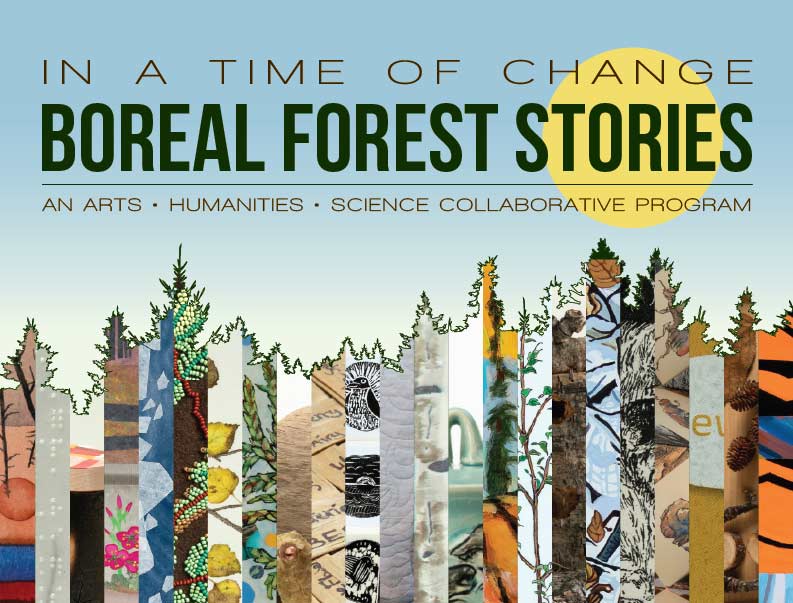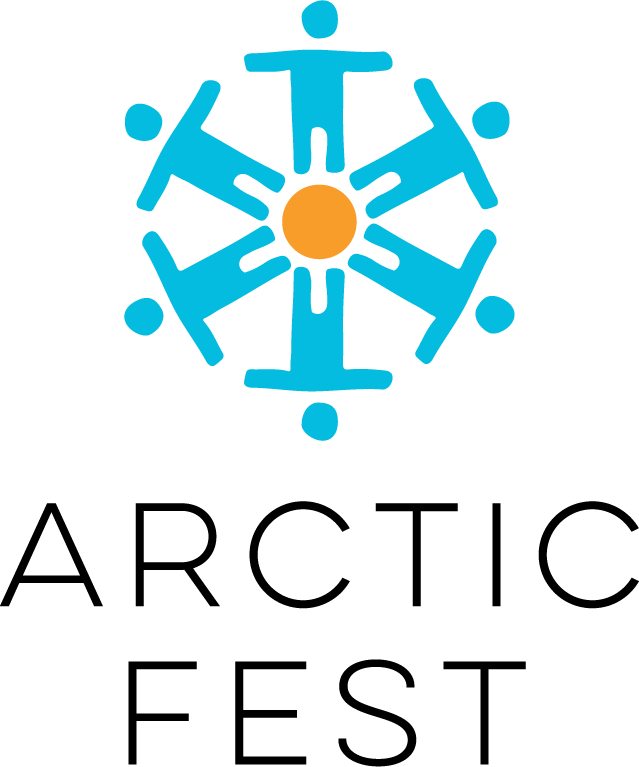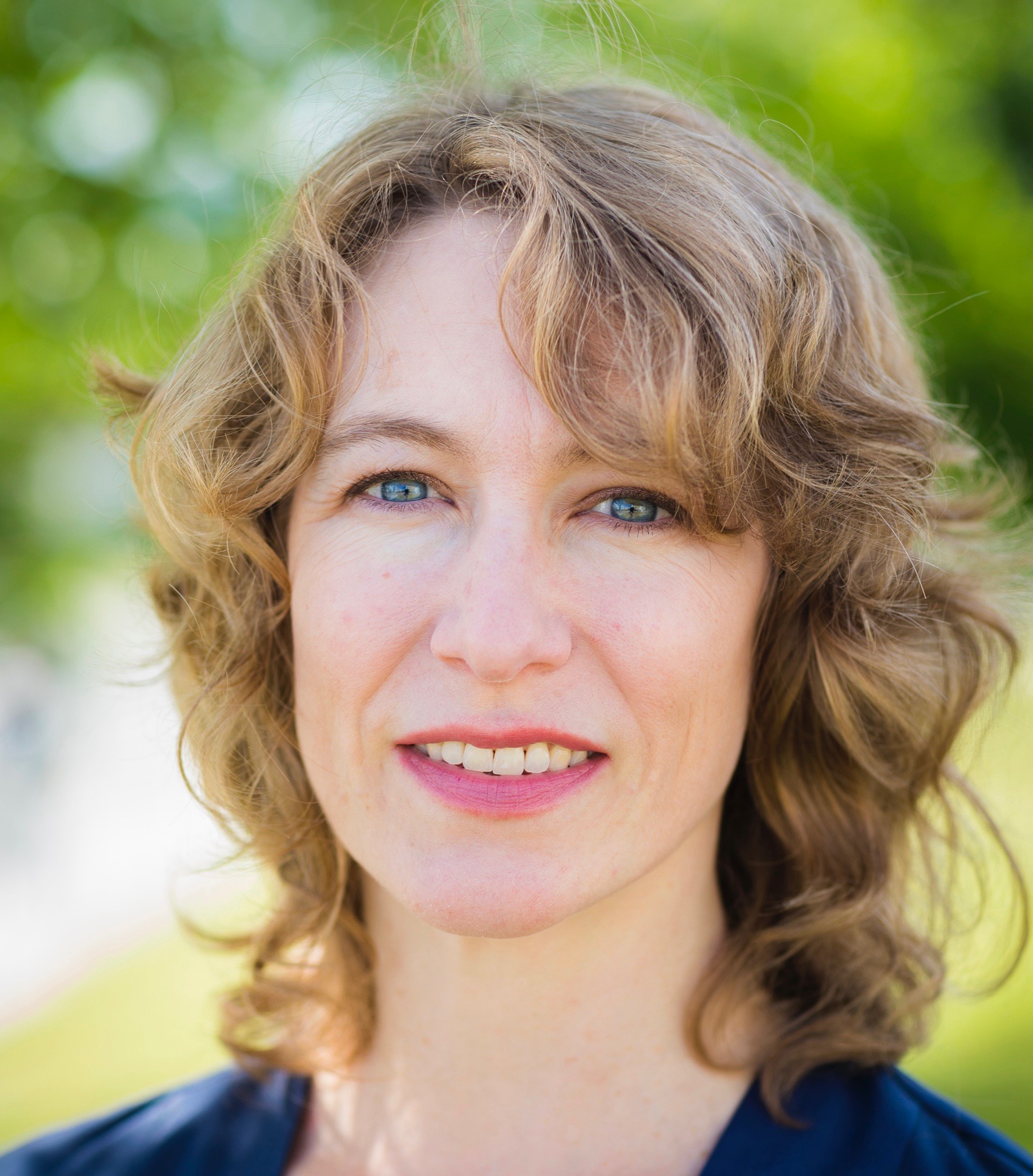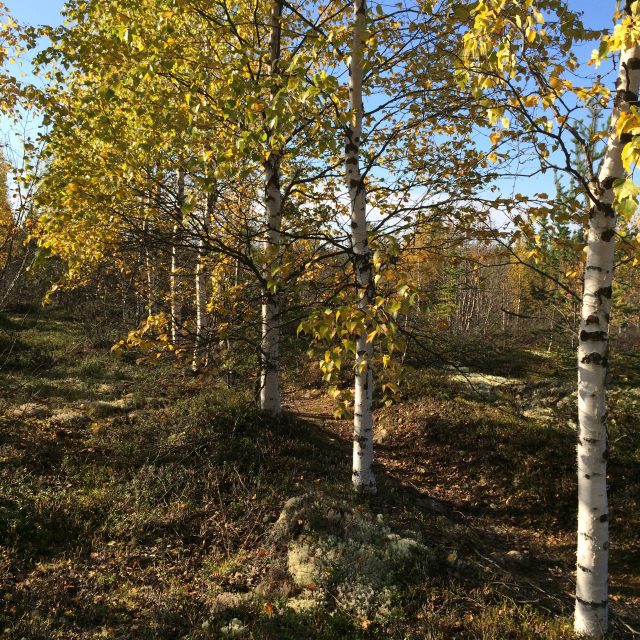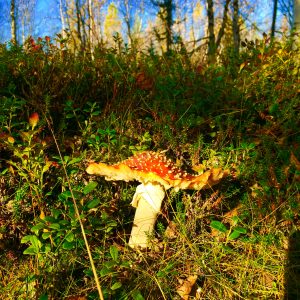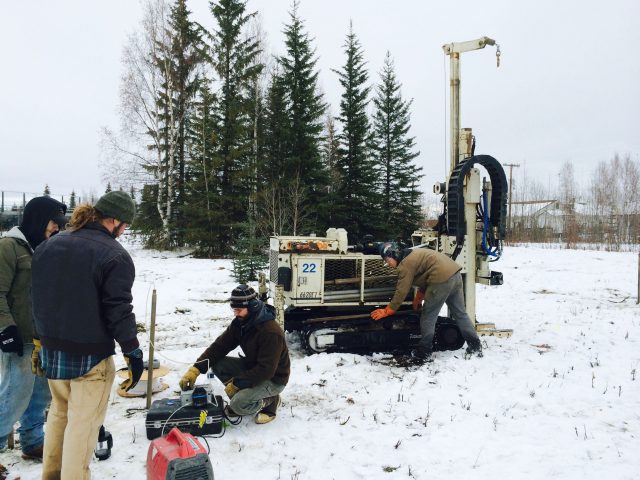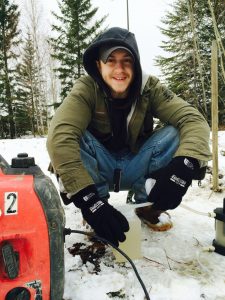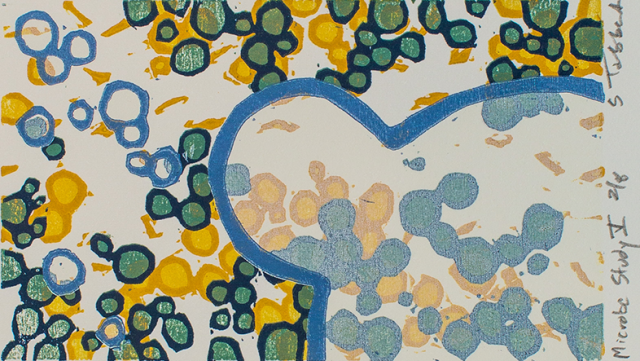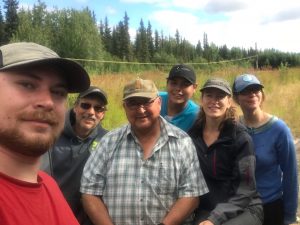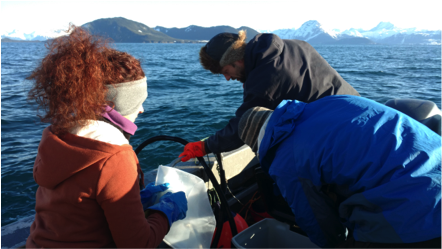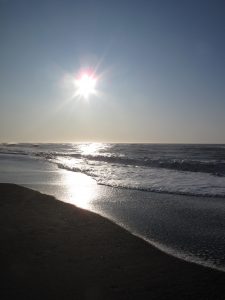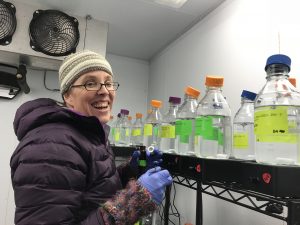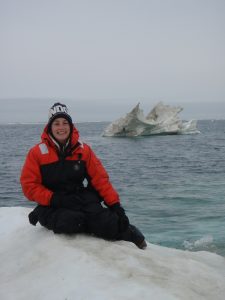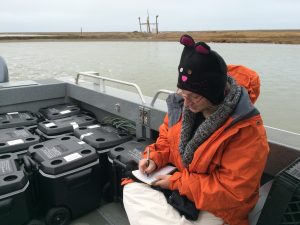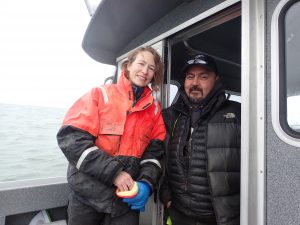Research Overview

The Leigh Lab investigates the role of microorganisms in the biodegradation of environmental contaminants and in biogeochemical cycling. Our research topics include biodegradation of oil and dispersants in Arctic seawater, biodegradation of groundwater contaminants (e.g. sulfolane), the use of plants and microbes to remediate contaminated soils (phytoremediation), methane oxidation in Arctic lakes, and boreal forest ecology. We also organize efforts to foster collaboration between the environmental sciences, arts, and humanities, produces art-science exhibits and performances for the public, and conduct collaborative research on the impacts of these activities on audiences.
